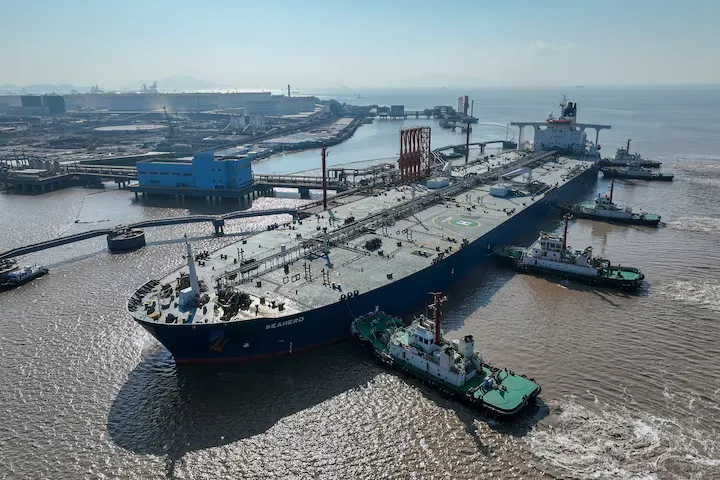-
Address: China, Shenzhen
-
Email: info@chinaglobalhub.com
China Global Hub
China business solutions center
-
Phone: +86 188 0760 4383
-
Telegram: @china_global_hub
China Global Hub
China business solutions center
China Actively Accumulates Oil - Will It Be Able to Absorb the Surplus?

China continues to increase its oil stocks at a record pace - by 2025, the country is replenishing its oil storage by approximately 530,000 barrels per day, bringing the total volume to 1.4 billion barrels. This helps to mitigate the global oil surplus, but raises questions about the further development of the situation.